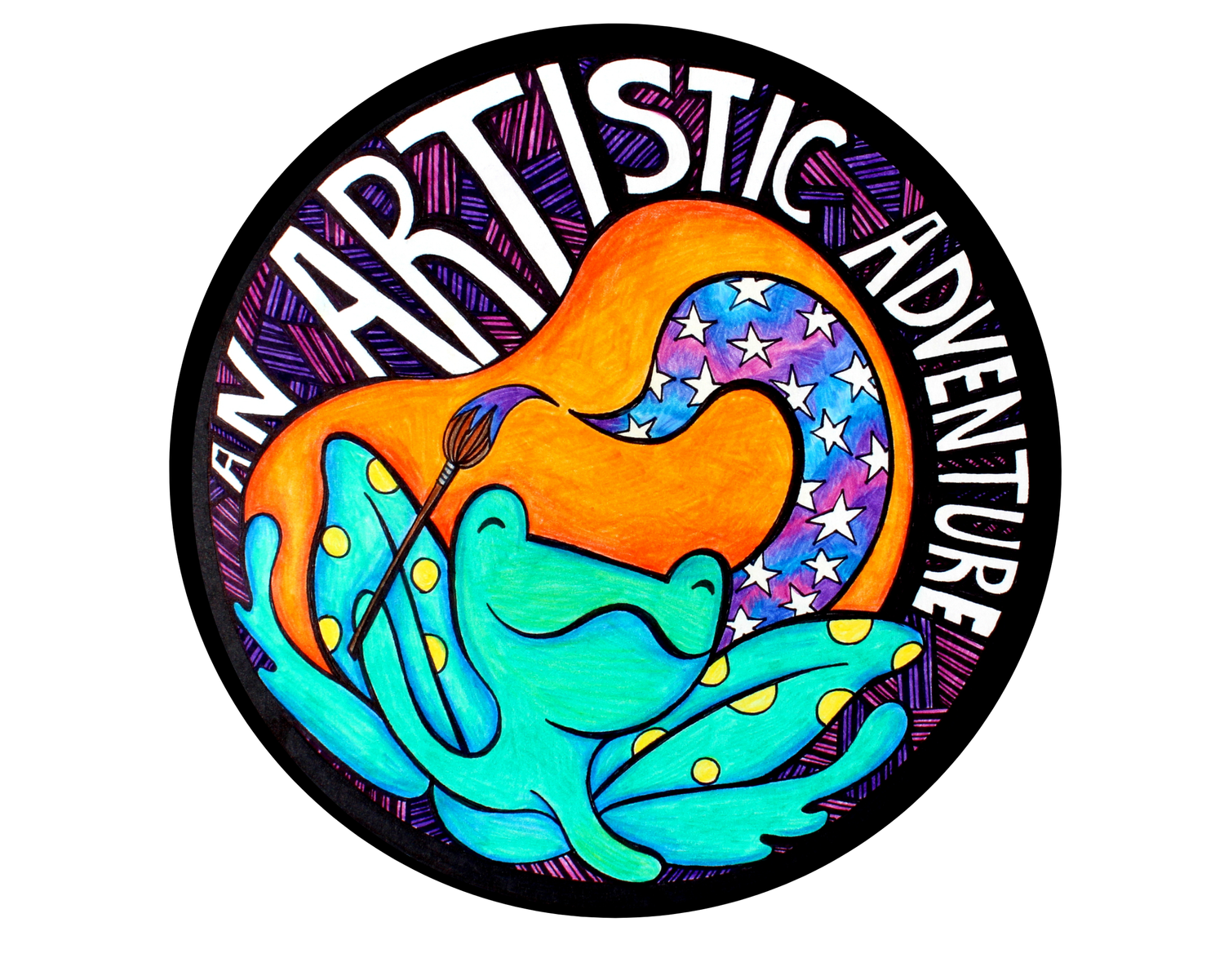A Parent’s Guide to Supporting Artistic Growth for Kids with Learning Challenges
Engaging children with learning disabilities in the arts offers a profound opportunity for personal growth and self-expression. The arts provide a platform where children can explore their creativity without the constraints often found in traditional educational settings. As a parent, your involvement is crucial in tailoring artistic experiences that align with your child’s unique needs and interests. By embracing innovative strategies and tools, you can create an environment where your child feels empowered to express themselves and develop essential skills.
Offer Multisensory Activities
Incorporating multisensory art activities can enrich your child’s educational experience. By integrating visual, auditory, and tactile elements, you create multiple pathways for them to absorb and comprehend new information. For instance, using vibrant visual aids, rhythmic music, and textured materials can help children with dyslexia, ADHD, or autism grasp complex concepts more effectively. This approach not only supports cognitive development but also nurtures creativity and self-expression, essential for holistic growth.
Encourage Collaborative Projects
Encouraging your child to participate in collaborative art projects can help them build confidence while connecting with others in a supportive environment. Group activities like murals, shared sculptures, or team performances create opportunities for them to contribute their unique strengths without feeling overwhelmed. You can help by finding inclusive spaces where each child’s efforts are celebrated, fostering a sense of belonging and teamwork. Working alongside peers teaches essential skills like communication, patience, and adaptability, all while making the creative process more dynamic and engaging.
Music to Build Language Skills
Expose your child to music to create a fun and meaningful way to build their language skills while encouraging creativity. Songs with catchy rhythms and clear lyrics can introduce new words in a way that feels natural and engaging. Singing along or talking about the lyrics helps your child understand vocabulary in context and improves their ability to process language. You can choose songs with repetition or even make up your own tunes using words your child is learning. This approach makes language exploration enjoyable and helps your child connect emotionally to the words they’re hearing and singing.
Offer Adaptive Tools
Offering adaptive tools for artistic expression gives your child the chance to explore creativity in ways that work best for them. Look for materials like easy-grip brushes, soft modeling clay, or apps that turn ideas into digital art to match their needs and strengths. These tools help reduce challenges, making it easier for your child to focus on enjoying the process rather than struggling with the mechanics. You can also involve them in choosing the tools, fostering a sense of ownership and excitement about creating. With the right support, your child can fully embrace the arts as a joyful and empowering outlet.
Art Therapy
Art therapy provides children with learning disabilities a safe and expressive way to process emotions, build confidence, and develop essential skills. Engaging in guided artistic activities allows your child to explore feelings and communicate ideas they might struggle to express with words. Through creative projects, they can enhance problem-solving abilities, fine motor coordination, and emotional regulation. The structured yet flexible nature of art therapy fosters a sense of accomplishment, helping your child feel more confident in their abilities. As they connect with their inner creativity, they also build resilience and learn new ways to navigate challenges in their daily life.
Use Color-Coding
Color coding can be a simple yet powerful tool to help your child approach art projects in manageable steps. Assigning colors to different stages or tasks, like sketching, painting, or adding details, provides clear visual cues that guide them through the process. This method breaks down potentially overwhelming projects into smaller, organized steps, making it easier for your child to focus and stay engaged. You can use colored markers, sticky notes, or labels to highlight each phase, encouraging independence while keeping the experience fun and stress-free. By following a color-coded plan, your child can build confidence in their creative abilities and enjoy the satisfaction of completing each step successfully.
Preserve Your Child’s Artwork
One delightful way to support your child’s artistic journey is by preserving their artwork digitally. By saving their creations as PDFs, you create a lasting archive that can be easily shared with family and friends, no matter the distance. This method not only helps in organizing their creative output but also allows them to see their progress over time, boosting their confidence. You can use a mobile app to scan any piece of art and convert it into a PDF, ensuring that the vibrant colors and intricate details are captured accurately. For those interested in ways to create PDF files easily, numerous tools are available to simplify this process.
Supporting your child’s journey in the arts creates opportunities for growth, expression, and connection that extend far beyond creativity. When you nurture their exploration with patience and understanding, you empower them to embrace their strengths and overcome challenges. The arts provide a unique space where they can develop skills, build confidence, and discover new ways to communicate and connect with the world. Your involvement and encouragement make all the difference, fostering an environment where their potential can truly shine.
Embark on An Artistic Adventure with Matilda’s captivating artbooks, custom creations, and inspiring podcasts—your journey into a world of creativity and connection awaits!

